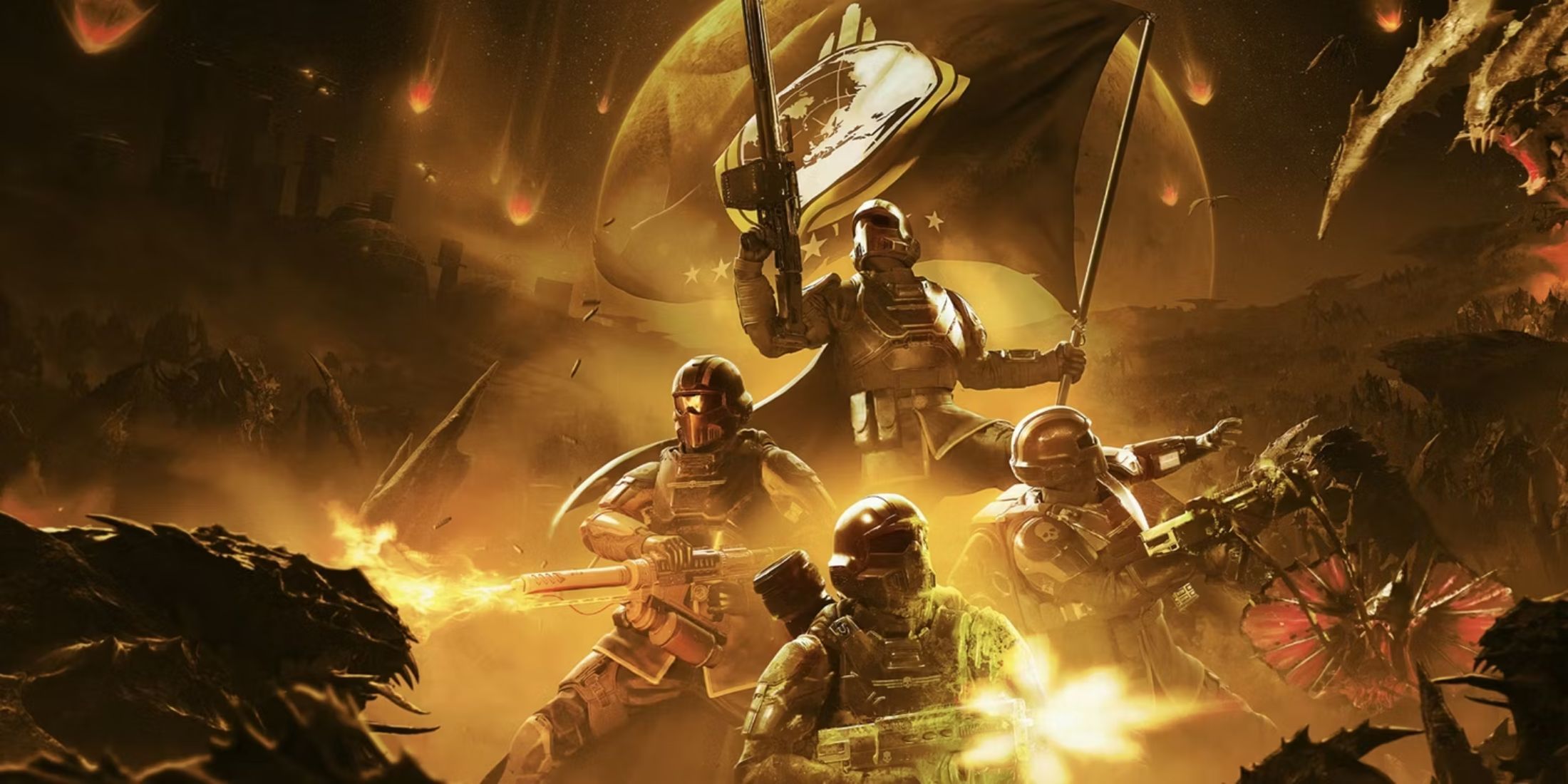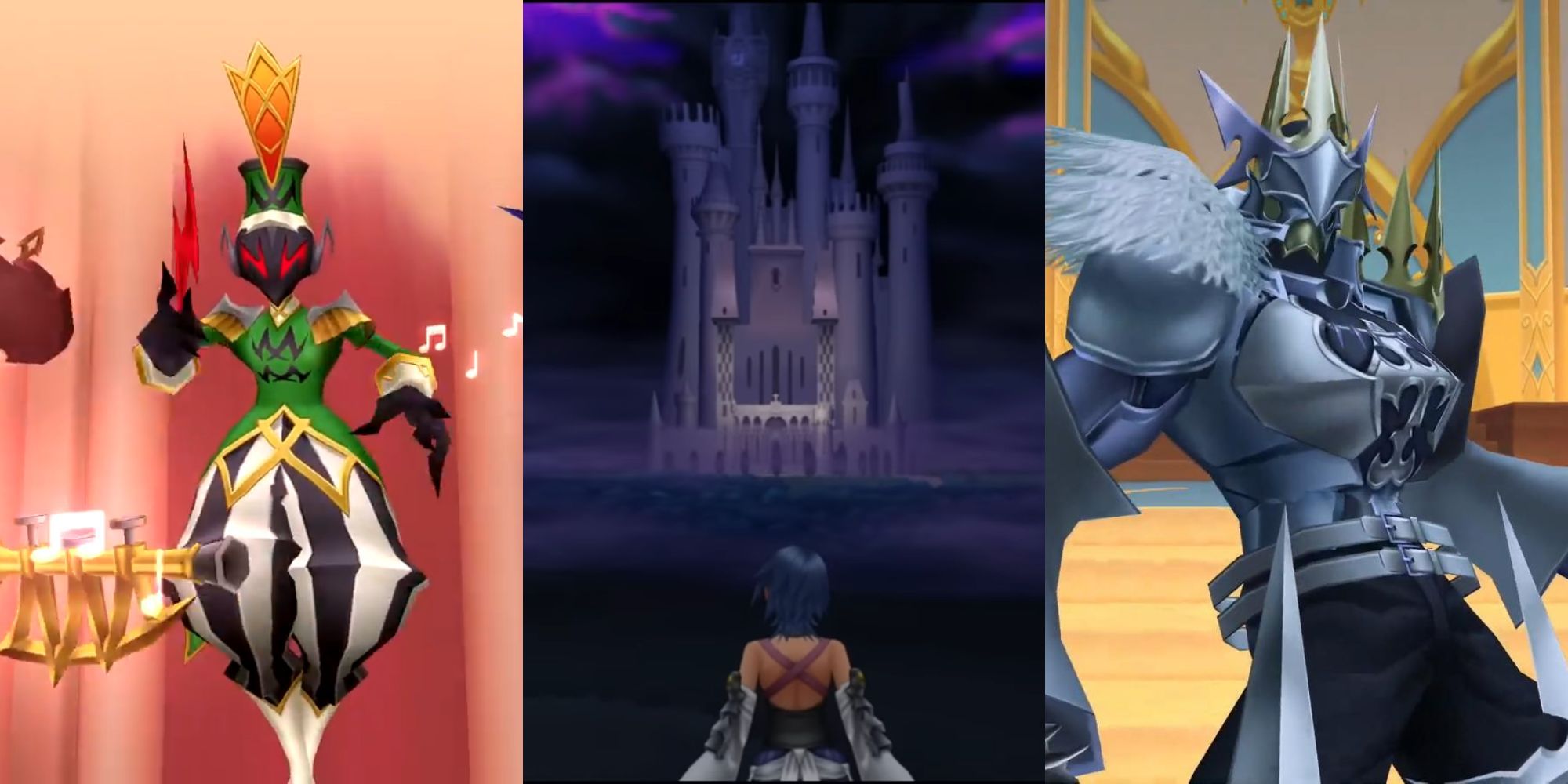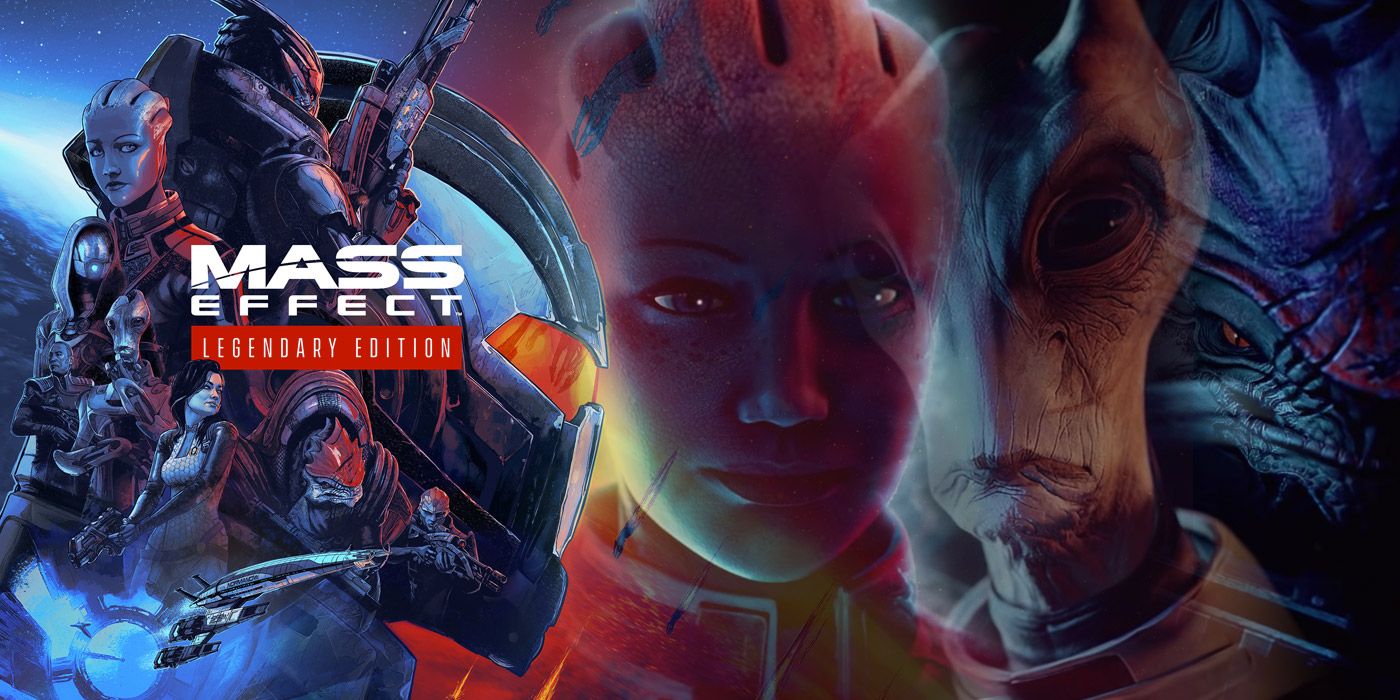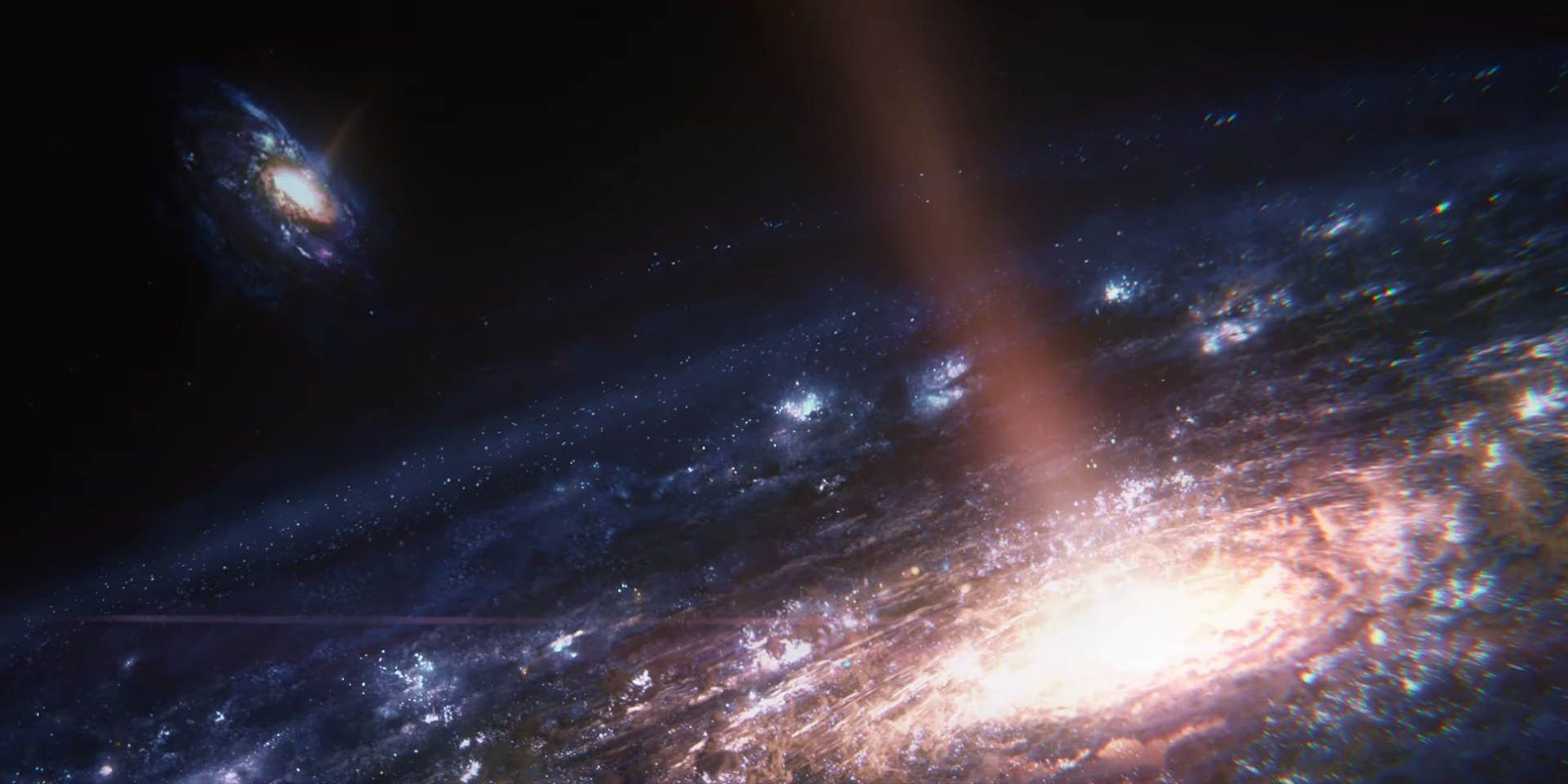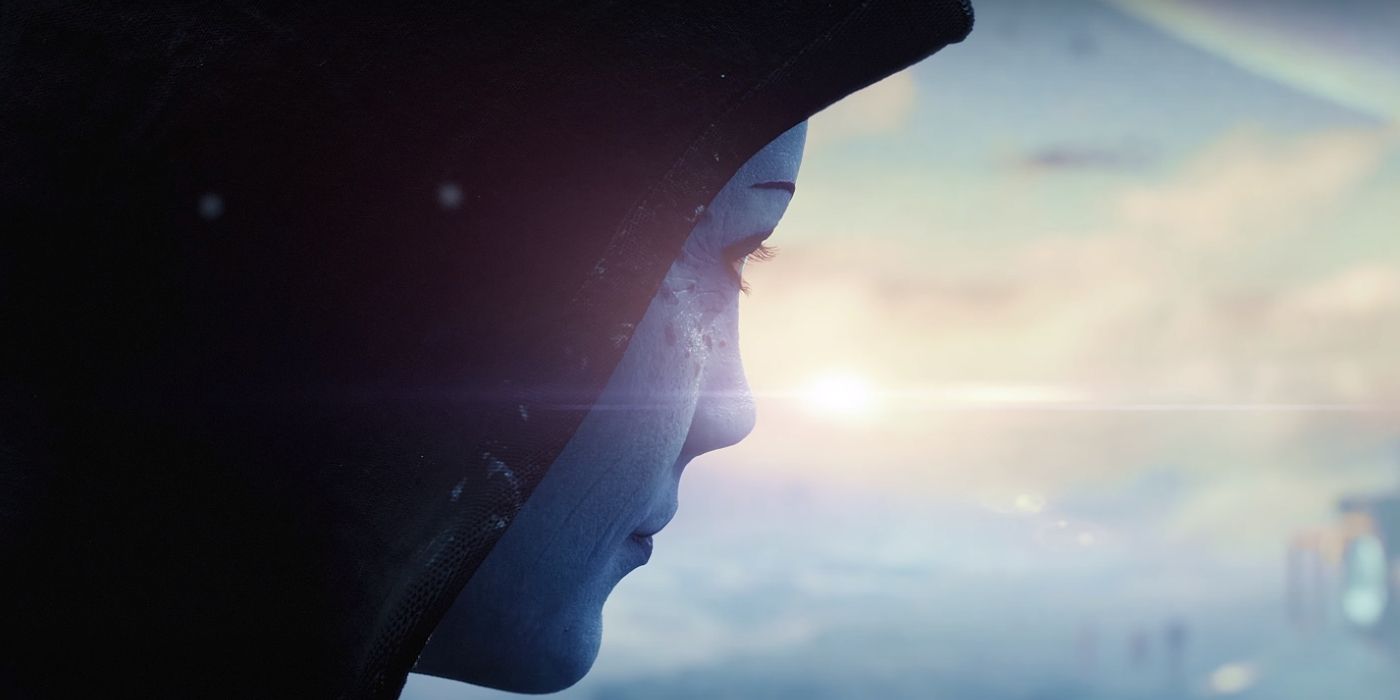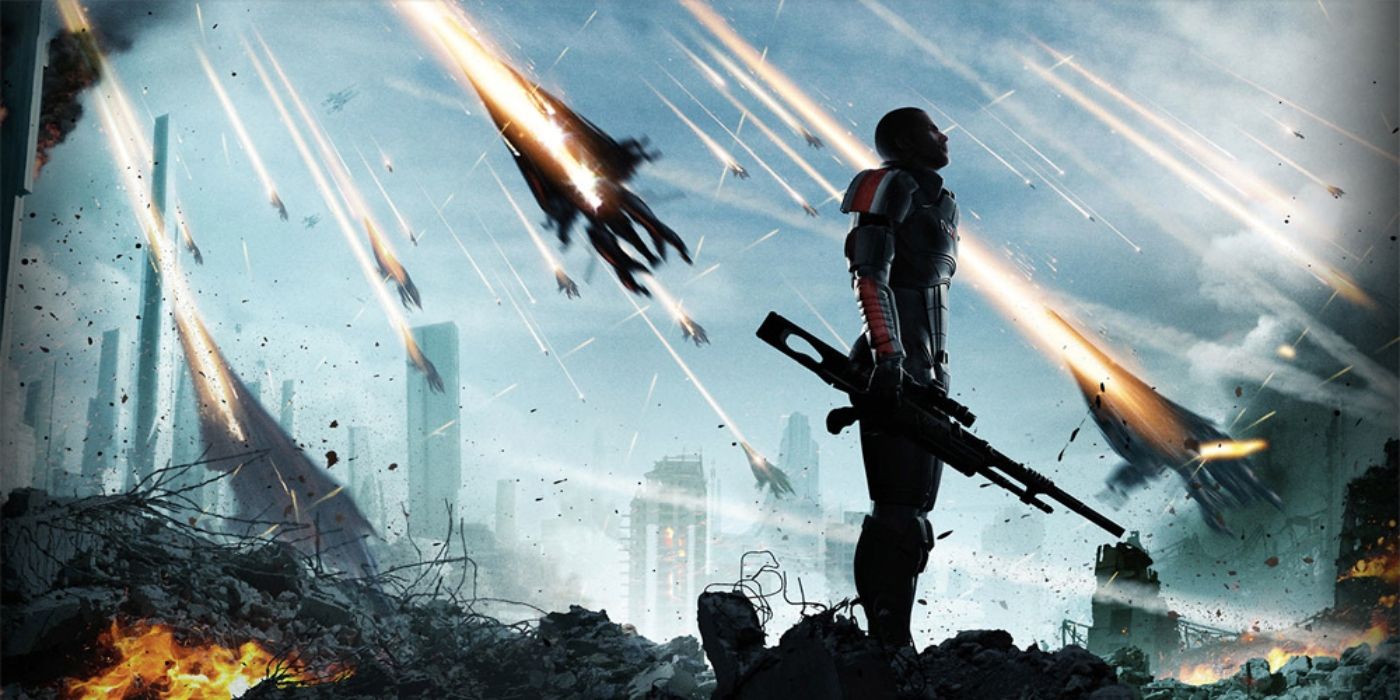Though often only lightly touched upon in the games, the history leading up to the events of Mass Effect 1 is among the most interesting lore in the entire franchise, and some of the best backstory to know before playing Mass Effect: Legendary Edition when it comes out next year. The remaster of the original trilogy was announced on N7 Day back in November after years of speculation.
The Mass Effect timeline will be newly relevant as Mass Effect: Legendary Edition throws players back to the start of the series to battle the Reapers once again.
Galactic History
The best place to start with the Mass Effect lore isn’t with the humans or the Asari, but with the Milky Way Galaxy itself. Billions of years ago, a race known as the Leviathans dominated the galaxy. These giant cuttlefish-like beings would indoctrinate the alien species they encountered, just as the Reapers who later took forms based on the Leviathans would.
The Leviathans would ostensibly protect the alien species they enthralled in return for tribute, but it wasn’t long before their ostensibly benevolent aims gave way to their true character. As more and more of the Leviathan’s thrall species began to rebel, they created the Intelligence, an AI with one goal: figuring out how to preserve life throughout the galaxy.
However, the Intelligence would eventually perform its job too well. The AI concluded that a cycle of destruction was necessary for the preservation of organic life, destroying all space-faring civilizations every 50,000 years and preventing organics from ever surpassing a certain technological horizon. Harbinger, the first Reaper, was created using Leviathan DNA. These new synthetic organic beings destroy their creators and spread out across the galaxy, creating the Mass Relays and the Citadel.
50,000 years before the start of Mass Effect, the last race to be wiped out by the Reapers – the Protheans – took their last stand. As the Reaper threat became increasingly apparent, the Protheans became more militaristic, forcibly assimilating the other advanced species into the Prothean empire to try and stop the tide of destruction. They failed. Much of the technology the Reapers left behind would be ascribed to the Protheans, especially by the jellyfish-like Hanar, who consider them the “enkindlers” who gave their kind language and technology.
Citadel Species History
Millenia later, around 1900 BC, the Krogan discover nuclear weaponry. It isn’t long before Tuchanka’s warlike race has blown their civilization back to the stone age, devolving into a warring factions. The Asari become the first species since the Protheans to discover a Mass Relay, making their find around 580 BC and quickly exploring the Mass Relay network. At its heart they discover the Citadel, while the newly spacefaring Salarians aren’t far behind.
Unbeknownst to them, the Citadel was a trap. As the heart of the Mass Relay network, it formed the natural base of any galactic community. However, it was also another huge Mass Relay connected to dark space, allowing the Reapers to come through and wipe out the heart of any new galactic empire to have arisen in their 50,000 year slumber.
In 500 BC, the Citadel Council was created by the Asari and the Salarians. 200 years later, they are joined by the Volus. Around the same time, first contact is made with the Elcor, Hanar, Quarians, and Batarians, but these species are given embassies on the Citadel rather than a seat on the council.
In 1 AD, the Racnhi Wars start. A group of Salarian scientists travel through a Mass Relay leading to Rachni space, where they are quickly taken prisoner and their tech reverse engineered. The war is devastating, and the huge number of Rachni makes it very difficult for the Citadel Council to see an end in sight.
However, around 80 AD, the Salarians “uplift” the Krogan, granting them new technology in exchange for their help fighting the Rachni. Hardy, warlike, and able to produce up to 1000 eggs at a time, the Krogan prove the perfect match for the insectoid Rachni. By 300 AD, the war is declared over, and the Rachni eradicated. The Krogan population, however, continues to boom.
In 700 AD, the Krogan Rebellion begins, and the Citadel Council reaches out to the Turians, a newly discovered species they hope can curb the the Krogan threat. The Salarians, alongside the Turians, are ultimately able to pacify the Krogan with the help of a bioweapon known as the Genophage which renders them almost infertile, though an individual Krogan can still live over 1000 years. The Turians are then accepted into the Citadel Council.
More Recent Mass Effect History
Around 1895 AD, the Quarian’s labor machines – the Geth – gain self-awareness and revolt, leaving the Quarians to drift on the Migrant Fleet between worlds. Although expected to expand, the Geth remain on the worlds they originally inhabited. The Citadel expels the Quarian embassy, angry that the Geth were created at all. Humanity begins to expand rapidly around this time:
- In 2069 AD, 100 years after the moon landing, the first human settlement is established on Earth’s moon.
- In 2103, Lowell City becomes the first human colony on Mars.
- In 2147, traces of element zero – the element which allows FTL flight – is found on Mars.
- In 2148, humans discover Prothean technology on Mars and reverse engineer it to create FTL travel.
- In 2149 AD one of Pluto’s moon’s, Charon, is discovered to be a Mass Relay. Earth’s 18 largest nations sign the Systems Alliance Charter, creating the Alliance as seen in the original Mass Effect.
- In 2151, an accident in Singapore exposes people to element zero. Many develop cancer, but others like Kaiden Alenko begin to be able to create mass effect fields using element zero in their bodies combined with artificial enhancers. This ability transforms into the field of Biotics.
- In 2157, humanity has its violent first contact with the Turians, who, seeing them come through a dormant Mass Relay, fear a repeat of the Rachni Wars. After a bad start, however, humanity is allowed to have an embassy on the Citadel in 2165.
In 2183, the events of Mass Effect 1 begin, with the Geth, Rachni, and Citadel races all making appearances. Humanity’s place in the galaxy is newly formed and vulnerable, not to mention lower down than the Citadel Council races. It’s a starting point many fans will be excited to dive back into when Mass Effect: Legendary Edition is released.
Mass Effect: Legendary Edition is set to release in 2021 for PC, PS4, and Xbox One.

